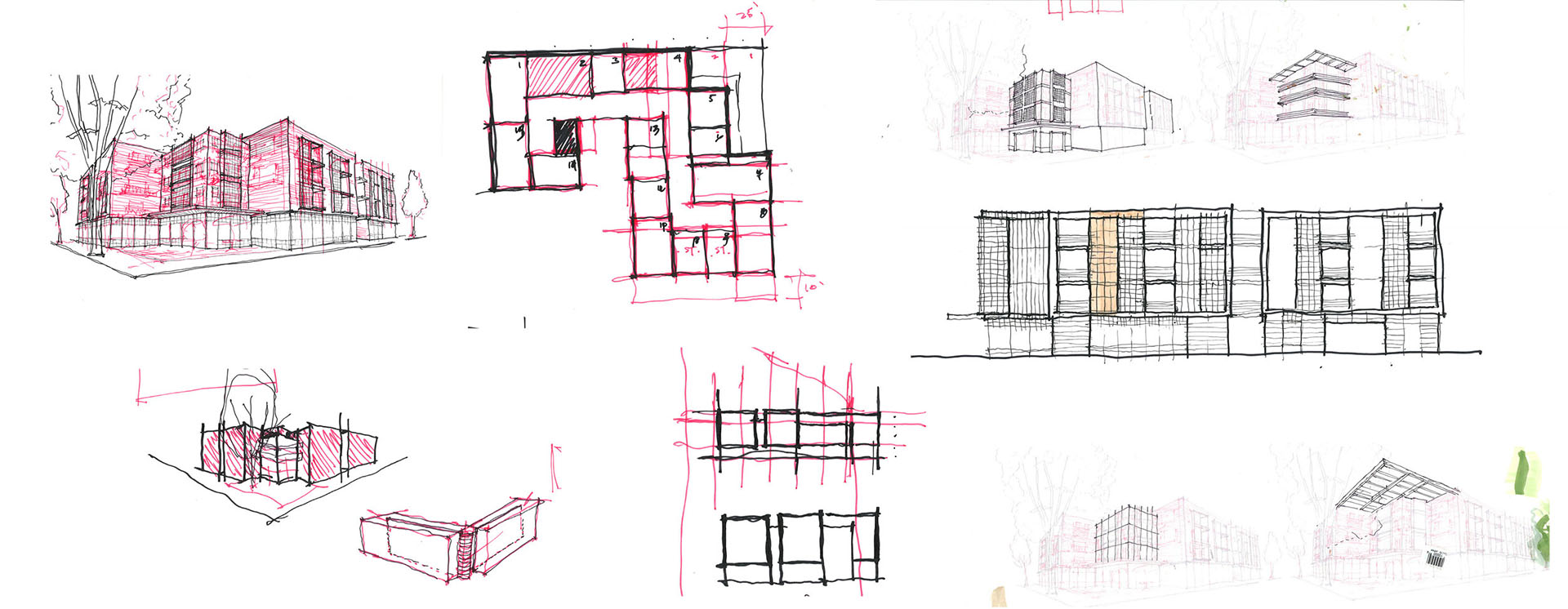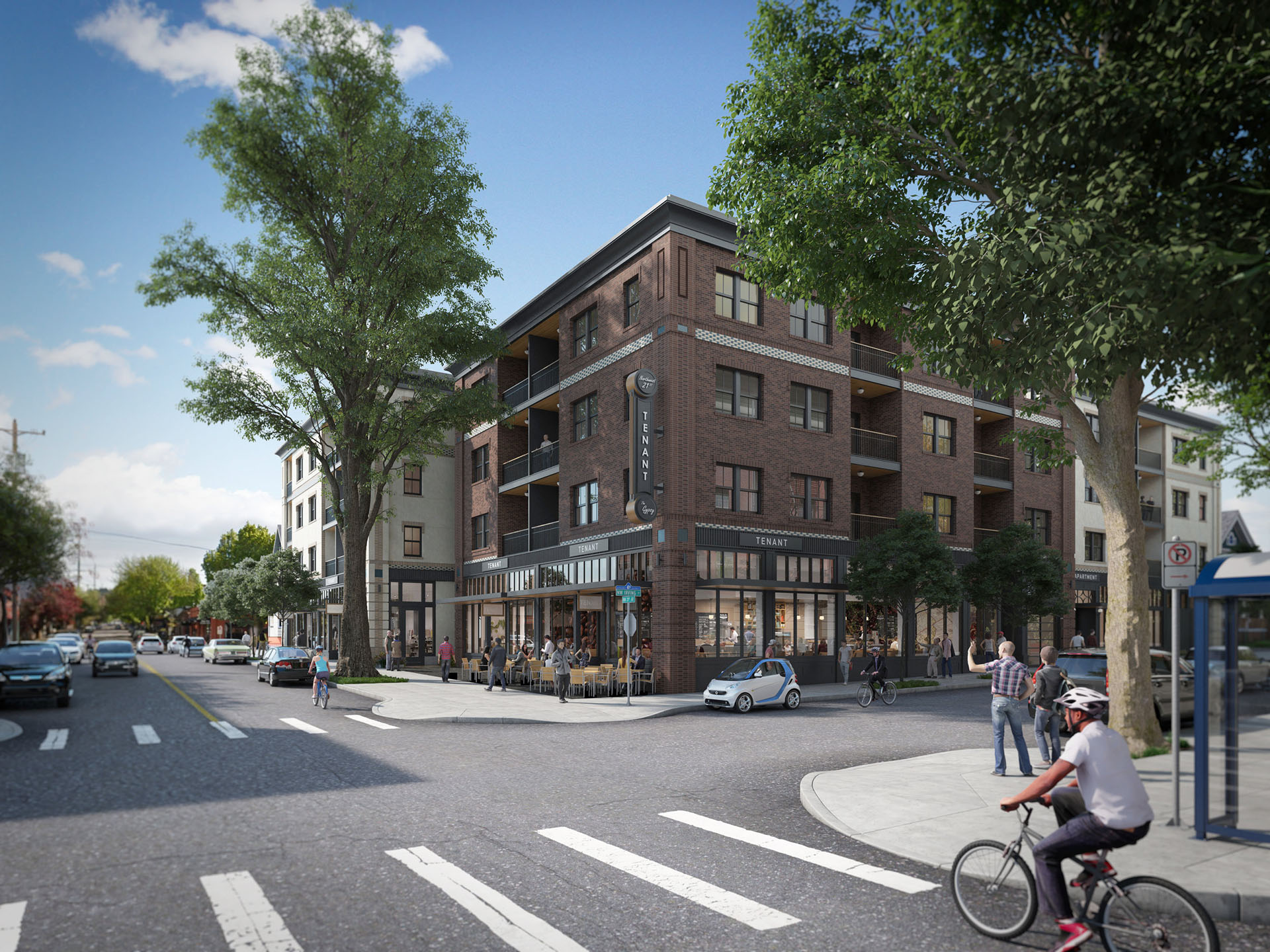
THE ALMR
Tailored to fit into Portland’s original urban living neighborhood, “The Almr” is among the most significant new developments to happen in the Alphabet Historic District. Inspired by its century old companions, the Almr is built to last from timeless materials of brick, cement plaster and wood windows. This four story 65,000 s.f. building activates 150 feet of prime retail in the heart of Portland’s boutique NW 21st Street shopping area across from Cinema21. The project includes a public plaza at the corner of NW Irving in honor of the site’s Heritage Elm tree and underground parking to serve all 60 units of top of the market housing. The project is targeted to achieve LEED Gold status and is being developed by Portland based UD+P and built by Colas Construction.
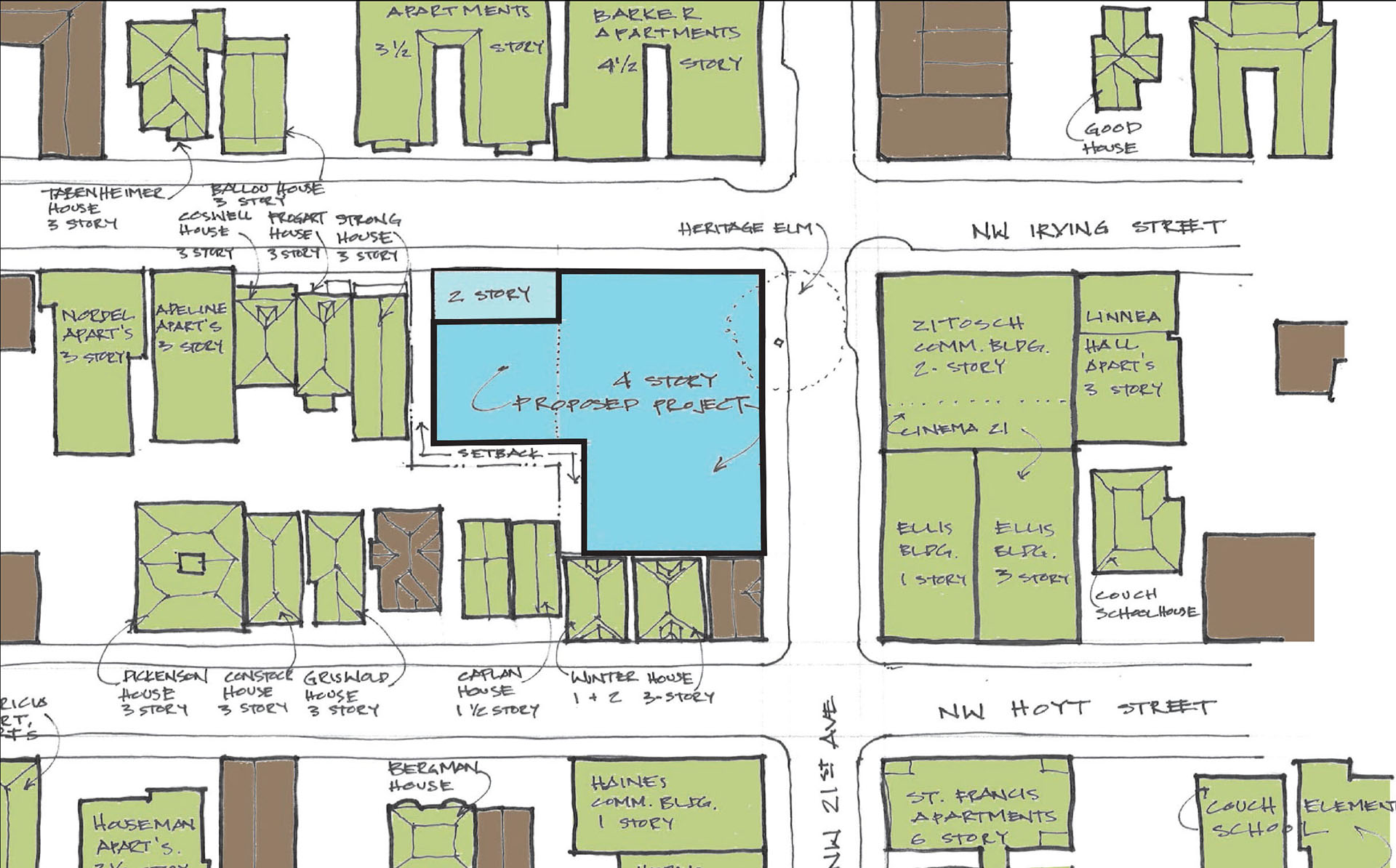
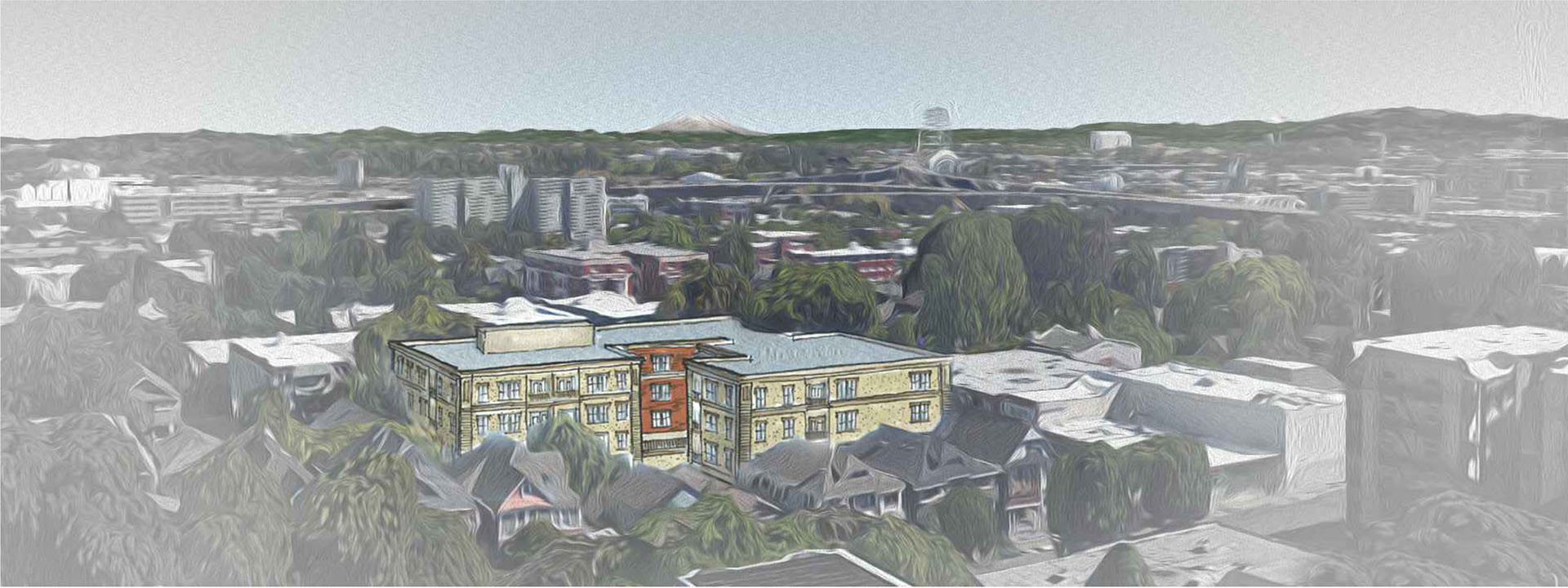
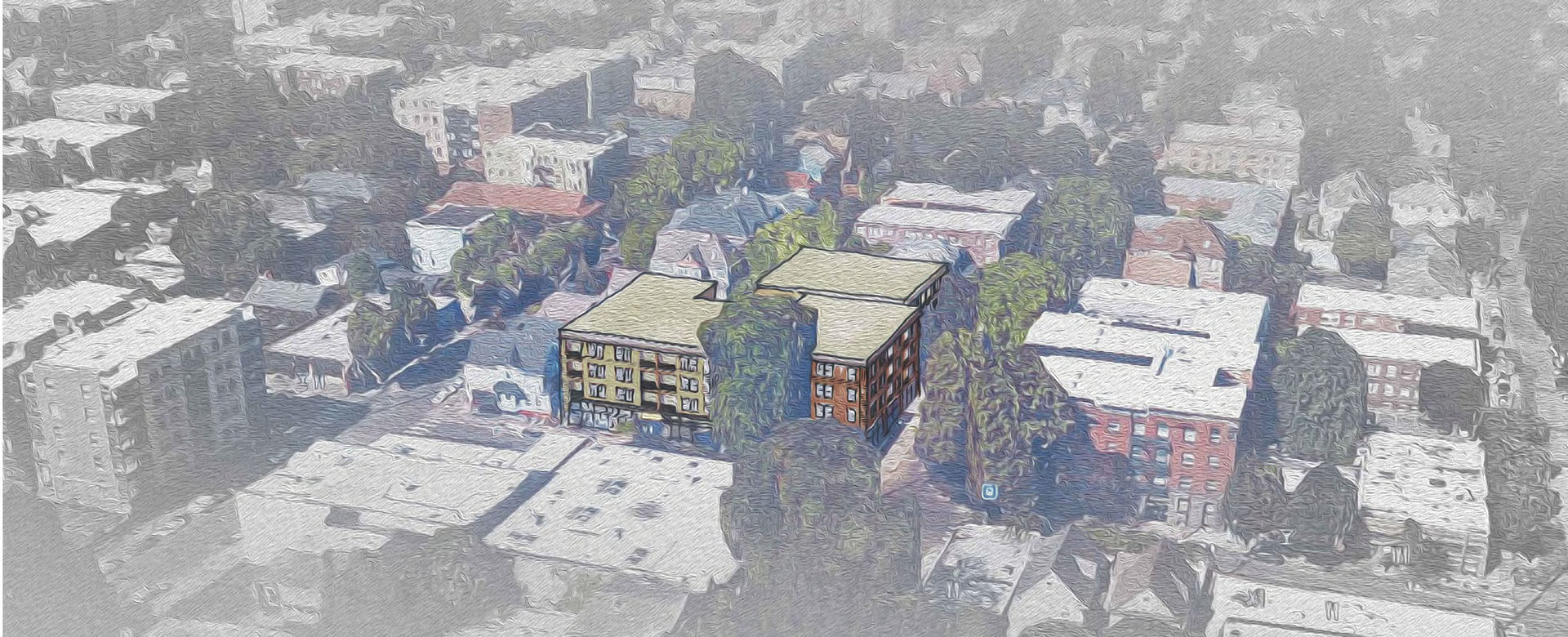
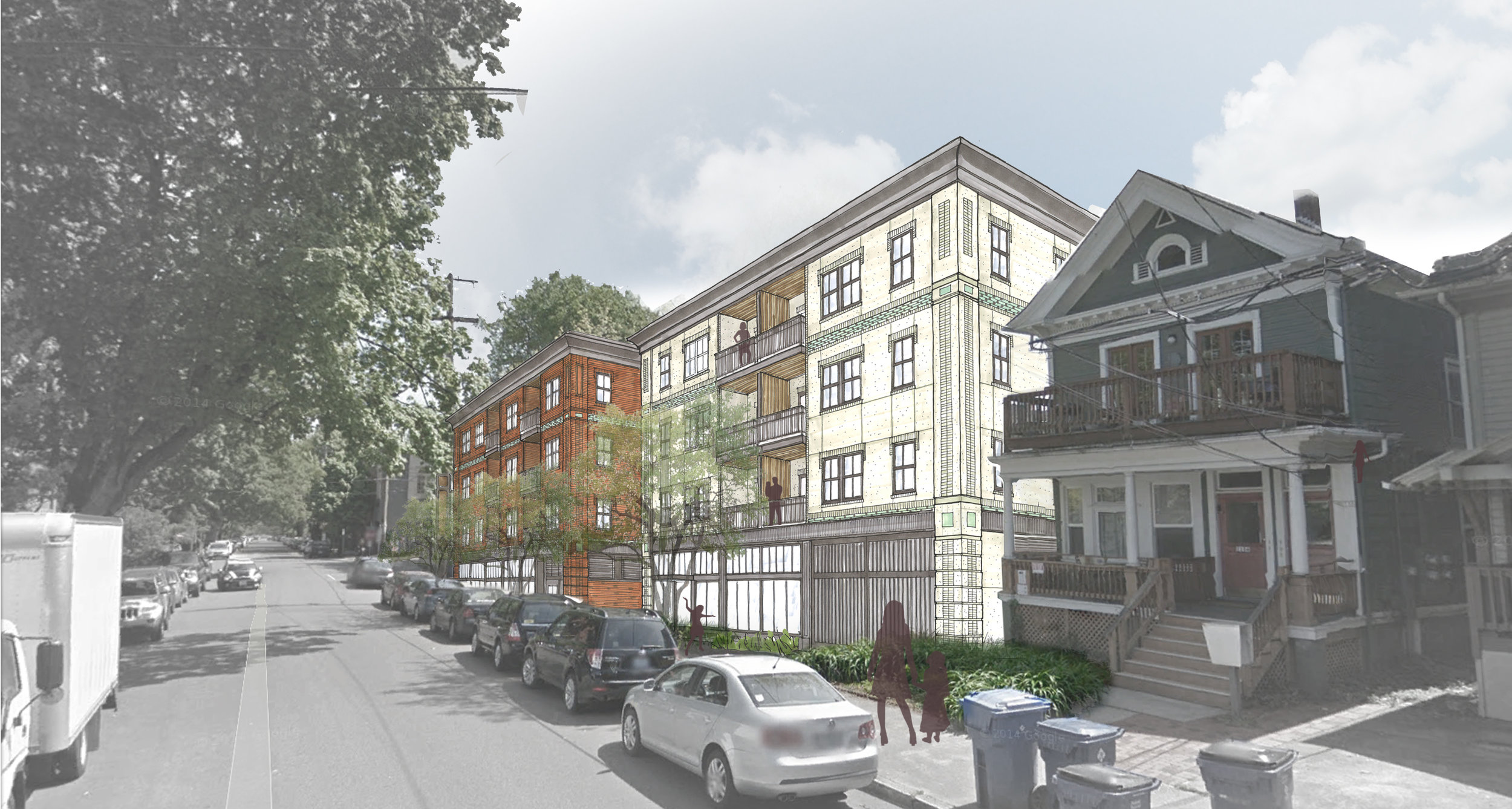
Paying homage to Portland’s original streetcar heritage, The Almr secured approval from the Landmarks Commission to bring some of that history back to life in the form of the historic Belgian cobblestone pavers. Once ubiquitous along the original rail lines throughout the City, including right here on NW 21st street, the City has a stockpile of original stones that can be deployed in locations deemed worthy of the public experience. Our NW Irving corner ‘Streetcar Plaza’ is among the few projects citywide that have been deemed worthy of carrying out that mission.
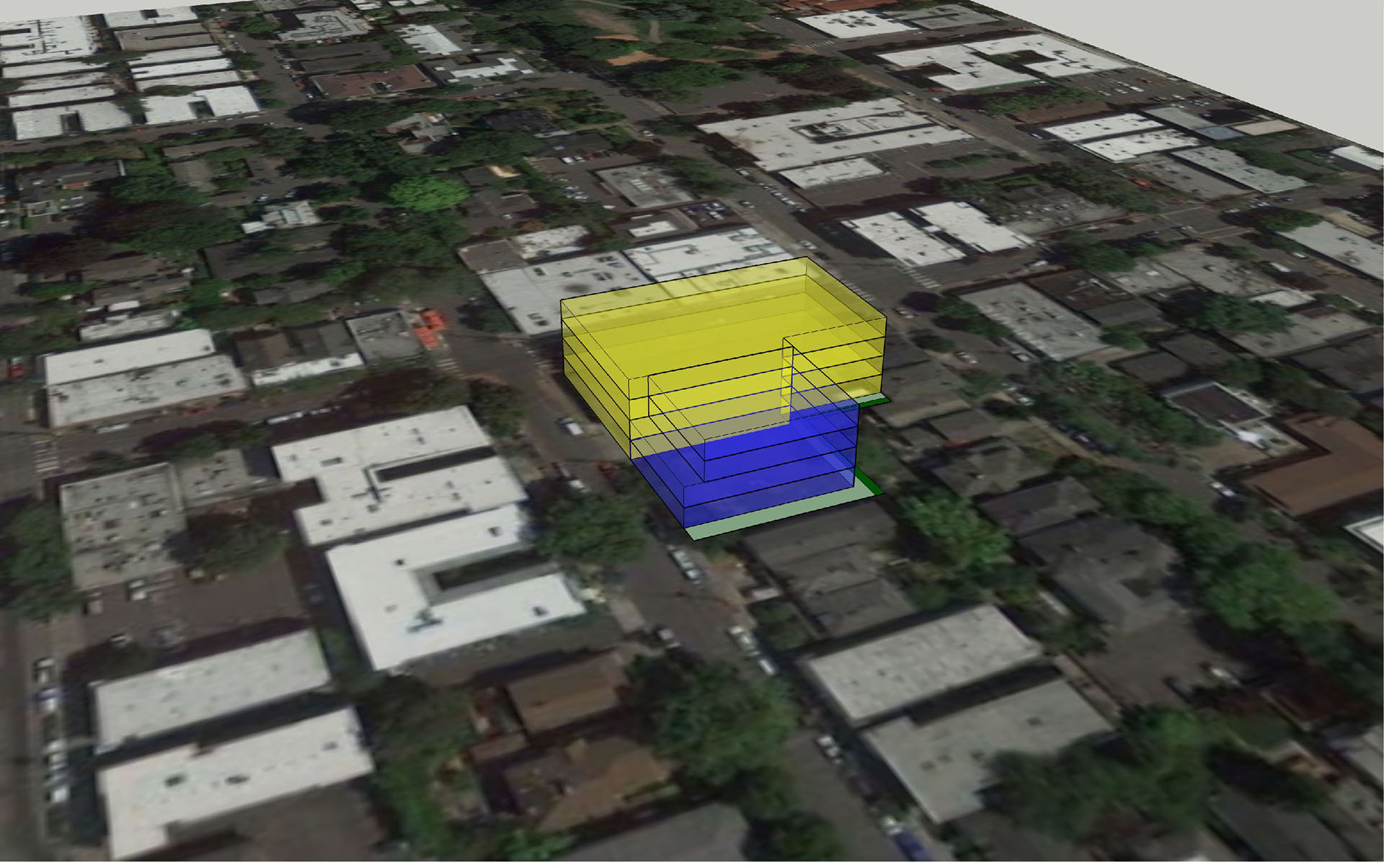
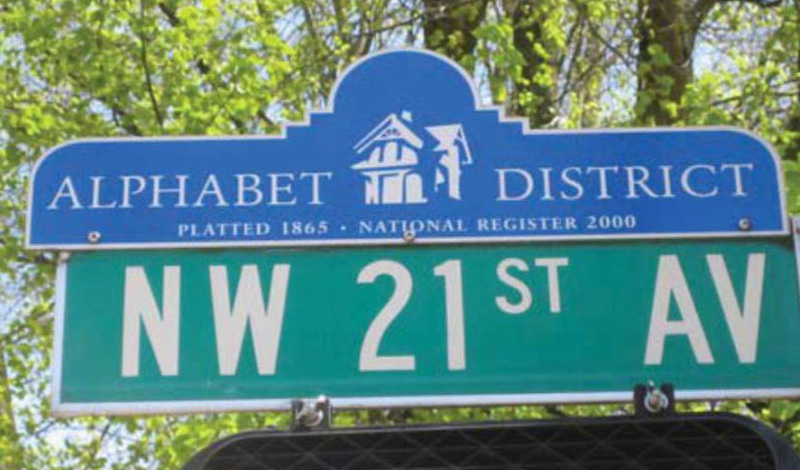
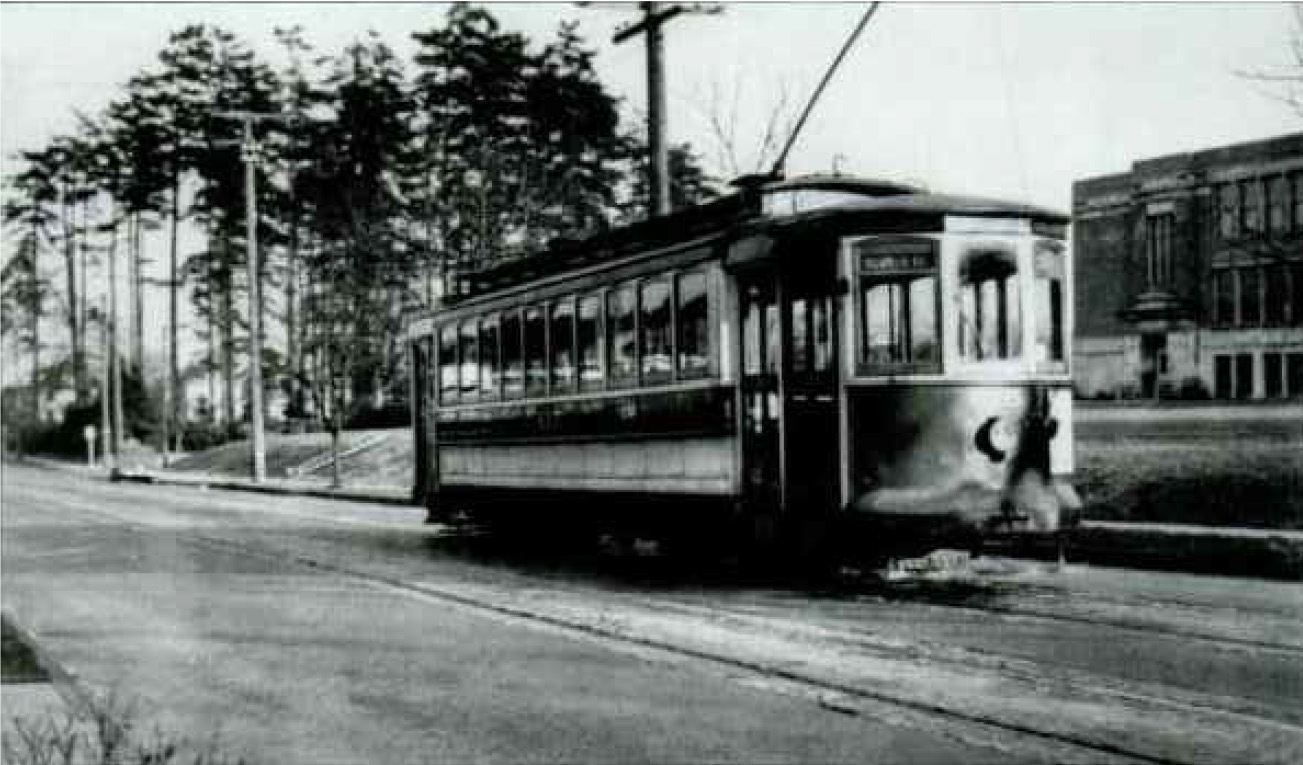
Given the beloved nature of the Alphabet Historic District, new design proposals in the neighborhood are not taken lightly. The litmus test: “Will this building strengthen the District, and potentially be a future Landmark?” We love that kind of challenge, it’s one we present ourselves with on every project. Studying the context and working with the geography, we grafted a building into the historic DNA of the building. Traditional in scale and spirit, but clean and fresh, the project received glowing praise from the Northwest Neighborhood District Association, and unanimous approval from the Portland Historic Landmarks Commission…not easy bars to clear.

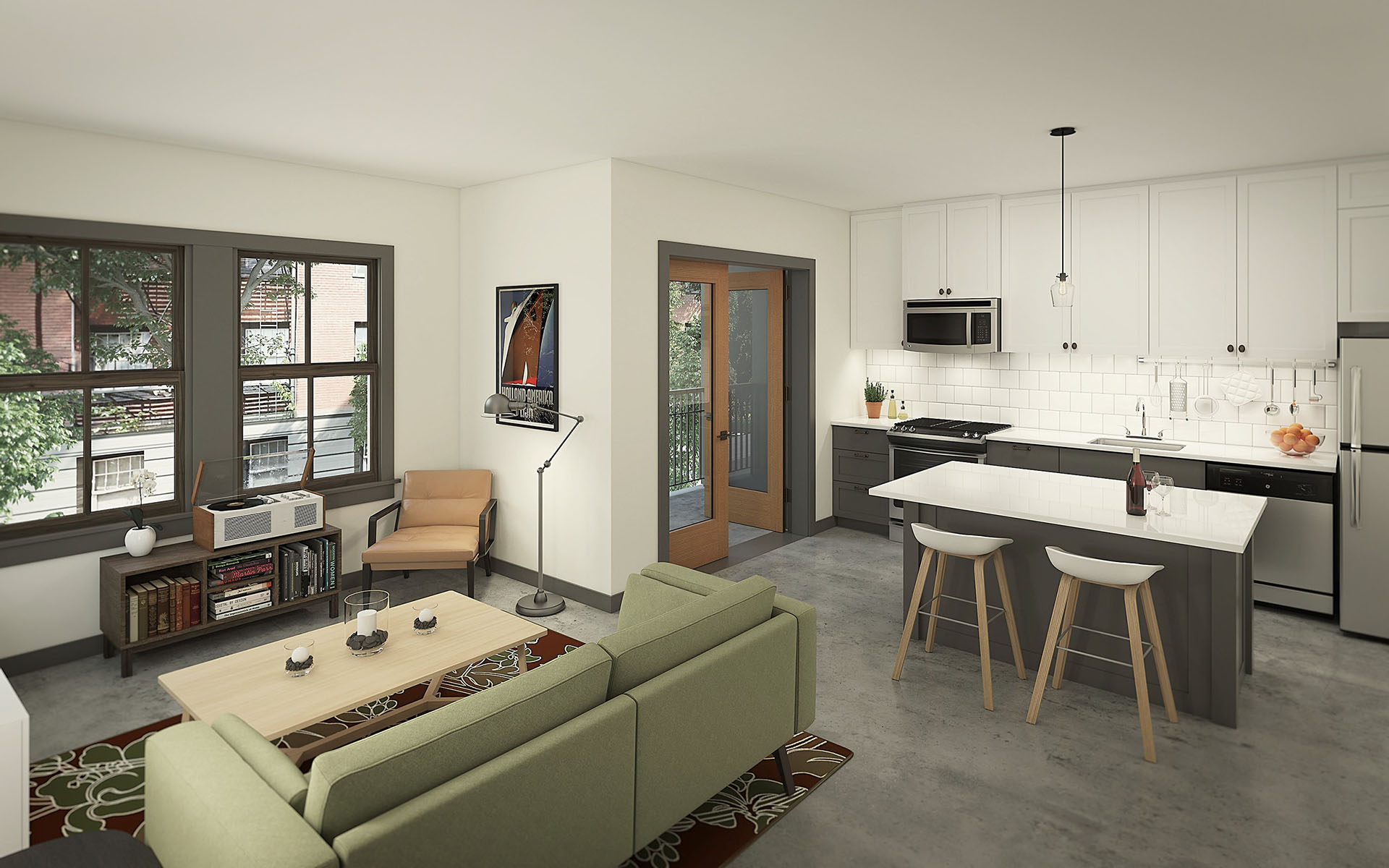
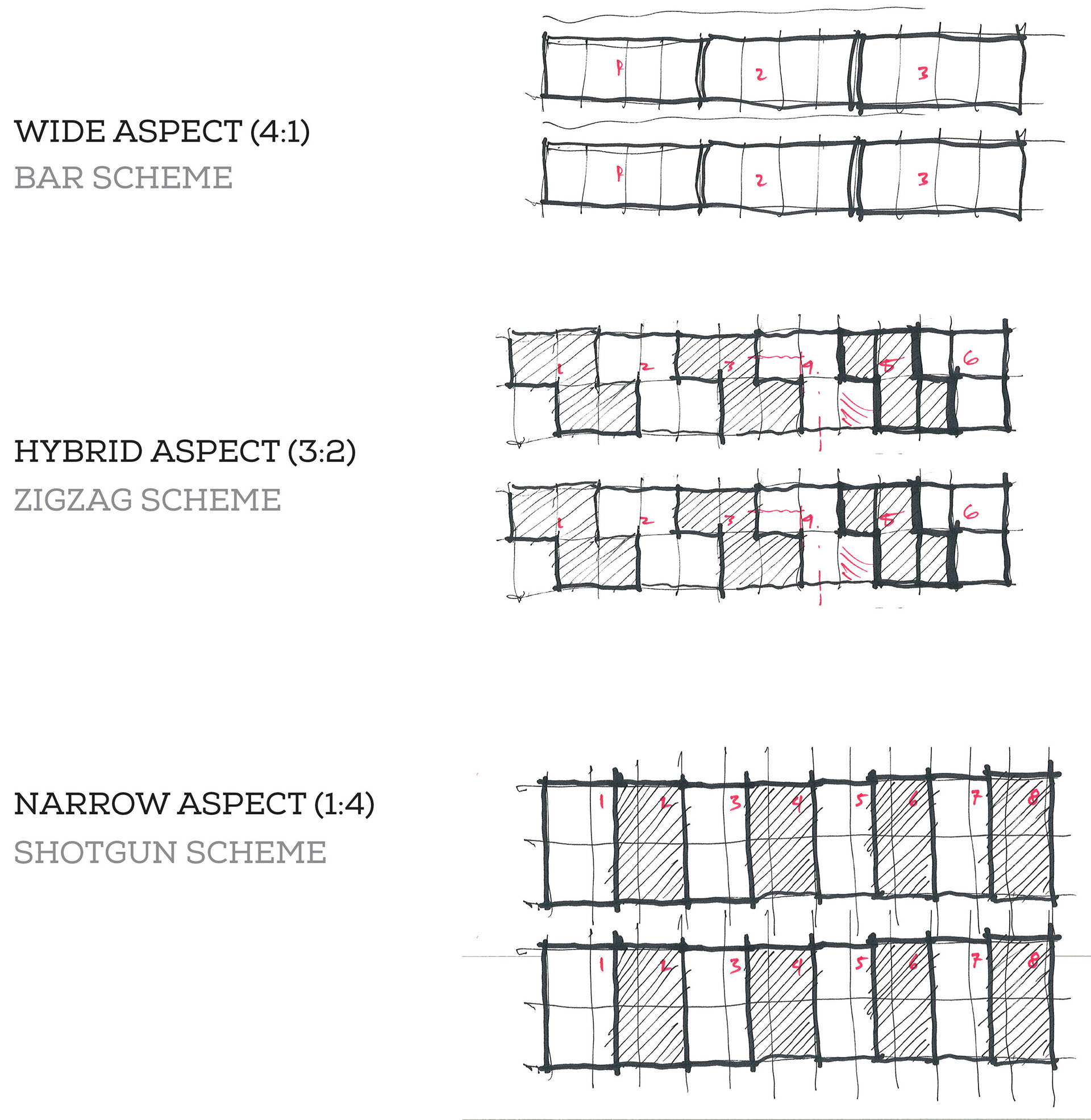
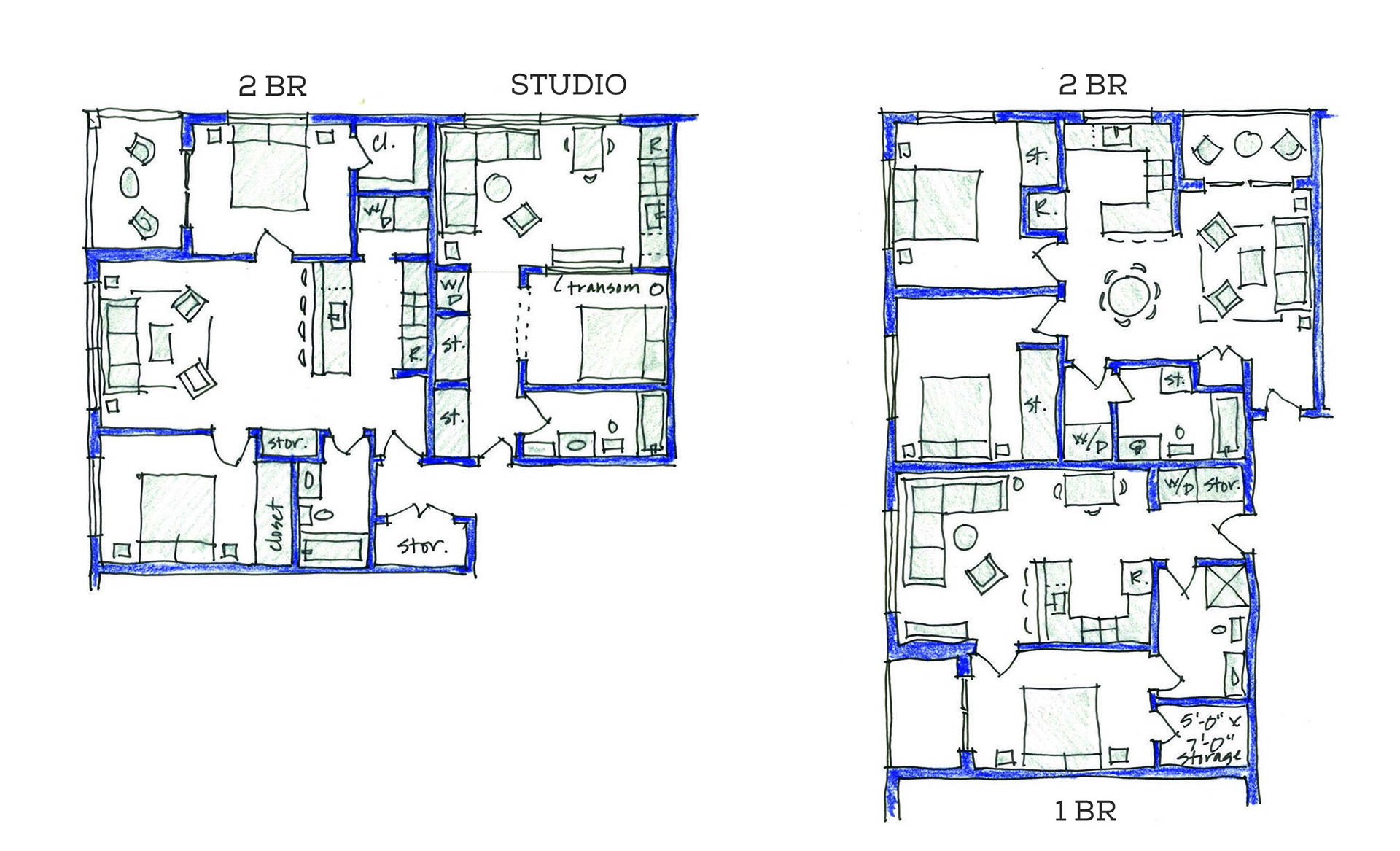
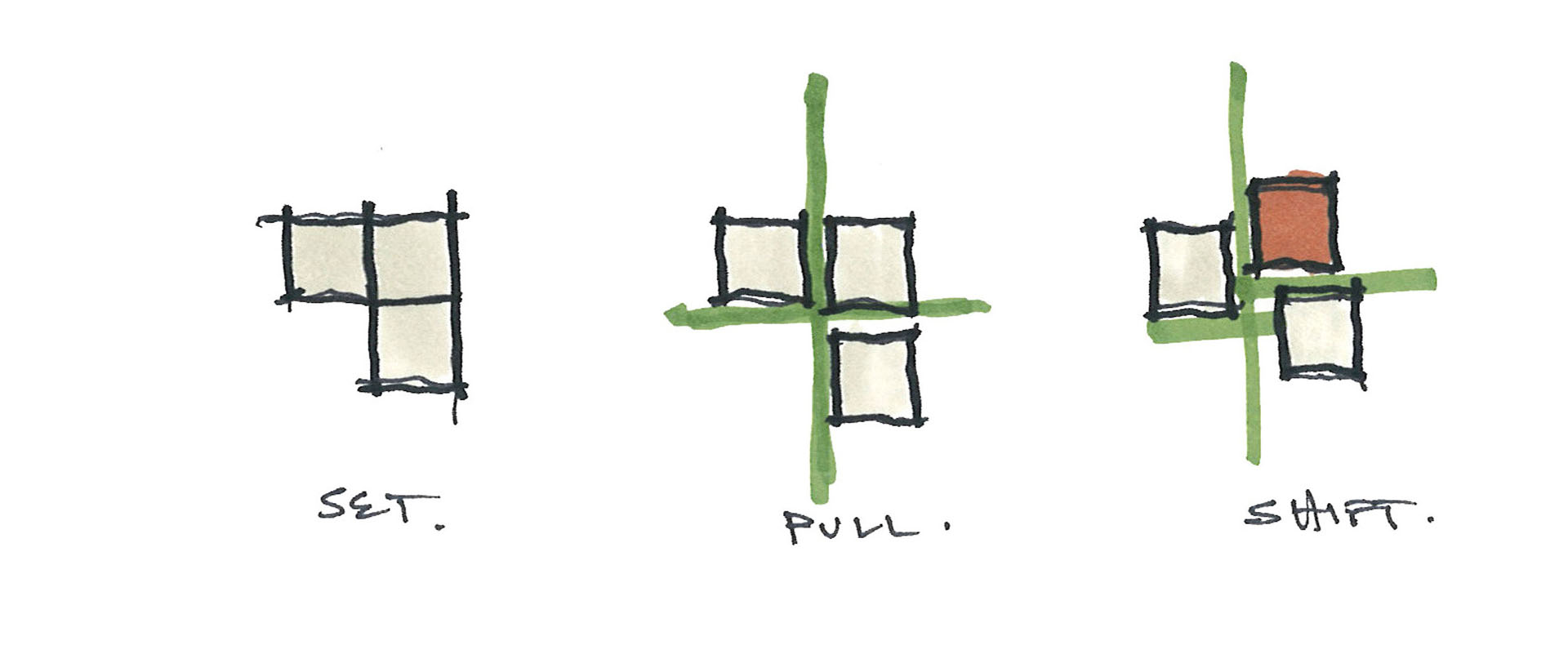
Most modern apartment buildings have what we call ‘Shotgun’ units, which are long narrow units entered from a dark hallway, with the only light coming from windows on the opposite end. Efficient, but disappointing spaces that leave little to inspire healthy living. Historically, apartments were much grander by necessity: natural light and ventilation were essential, not something that could be mechanically substituted. The Almr units take a play out of the historic prototypes and a step back in the right direction. The three part massing allows for 3X the corner units, meaning more light and air from two sides, and the layouts are stretched out along the outside walls to maximize daylight and views. The result is a compact beautiful living space that matches the care and attention put into the overall building design.
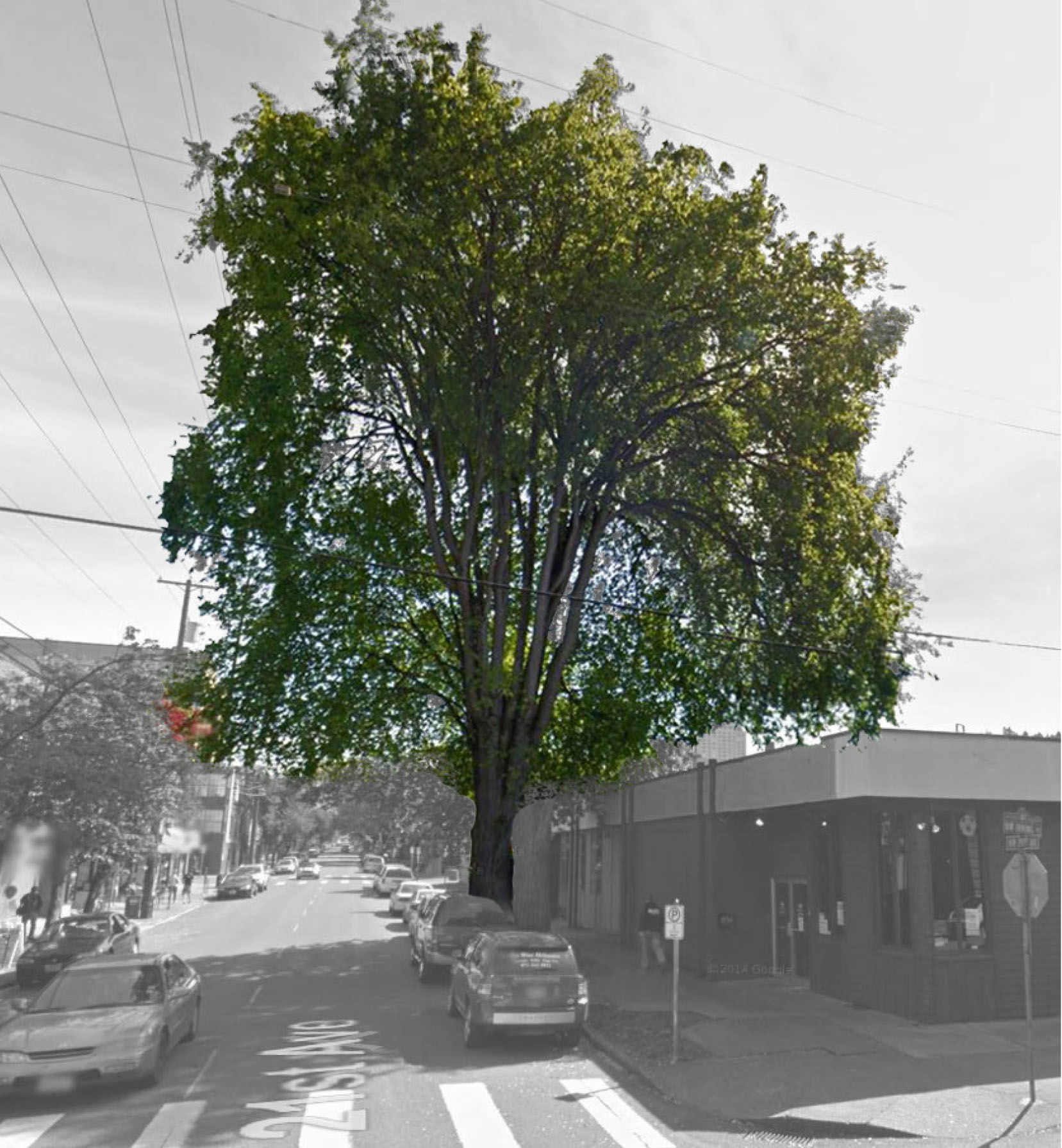
Among the most significant features of the project site is a spectacular American Elm tree that lords over the corner of NW 21st and Irving. Surprisingly vulnerable to removal by development, the City’s ‘Heritage’ listing provides little protection. Fortunately for the project and neighborhood, we have inspired developers and a creative team that saw the value of preservation and celebration of this asset. Concocting a scheme that breaks the building massing into three distinct elements helps the project achieve the appropriate scale in the district, while providing the opportunity to step back at the corner and give the tree room to live. The signature ‘Streetcar Plaza’ is the result, featuring the Heritage Elm as a cornerstone of the district.
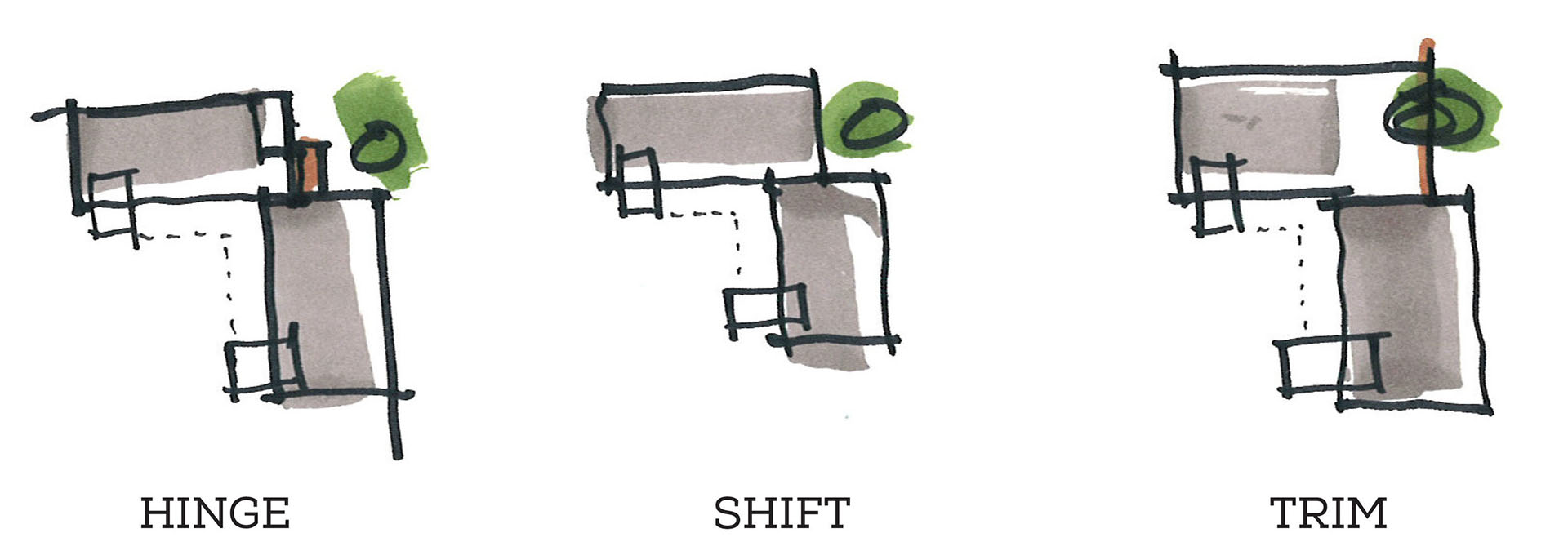
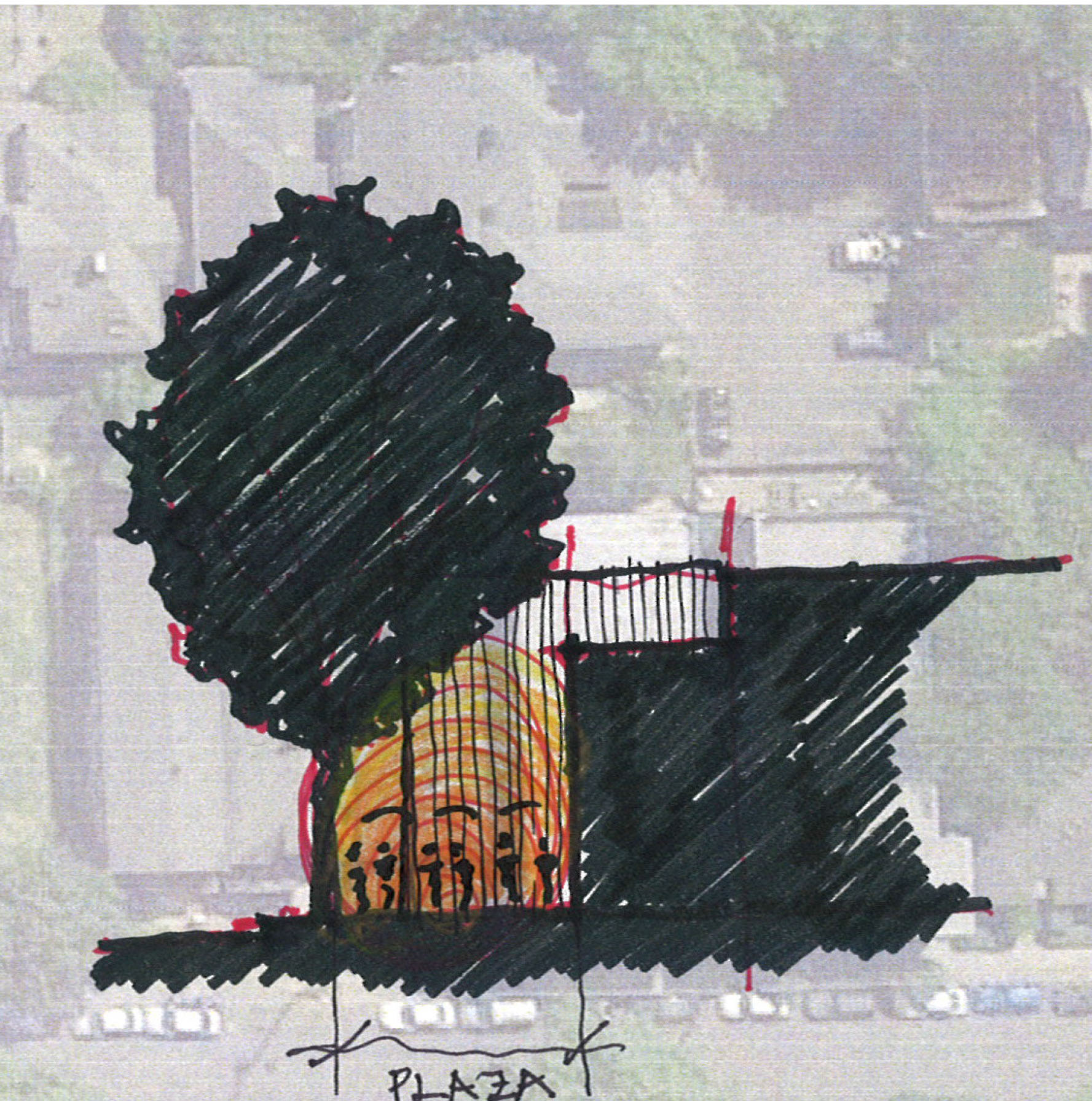

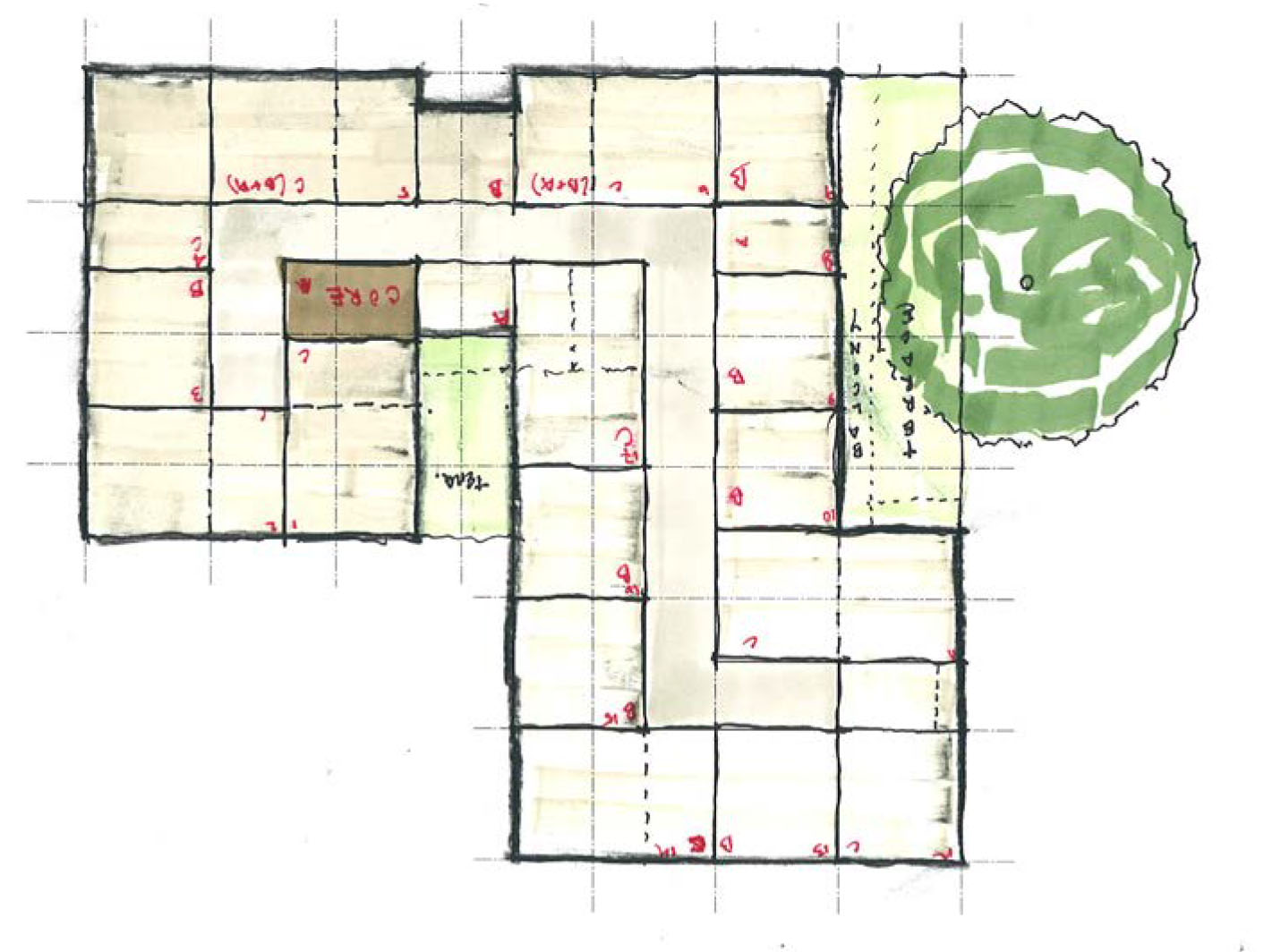
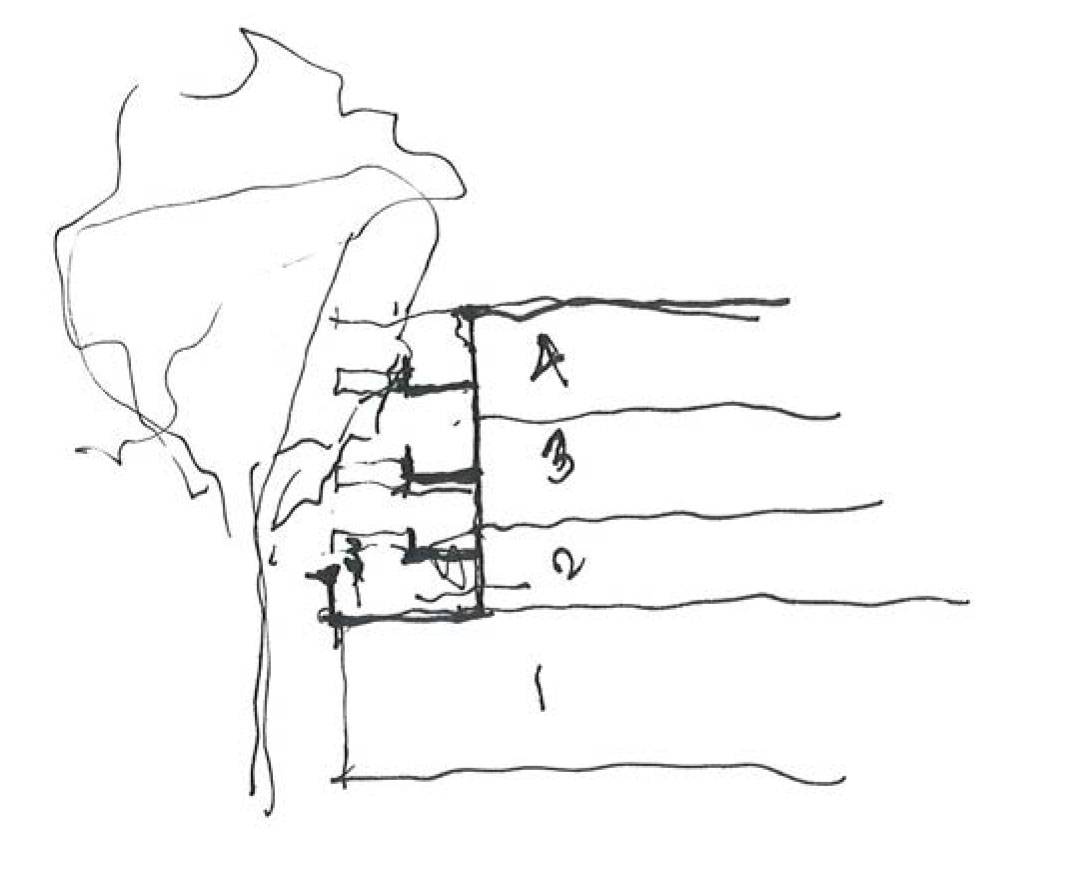
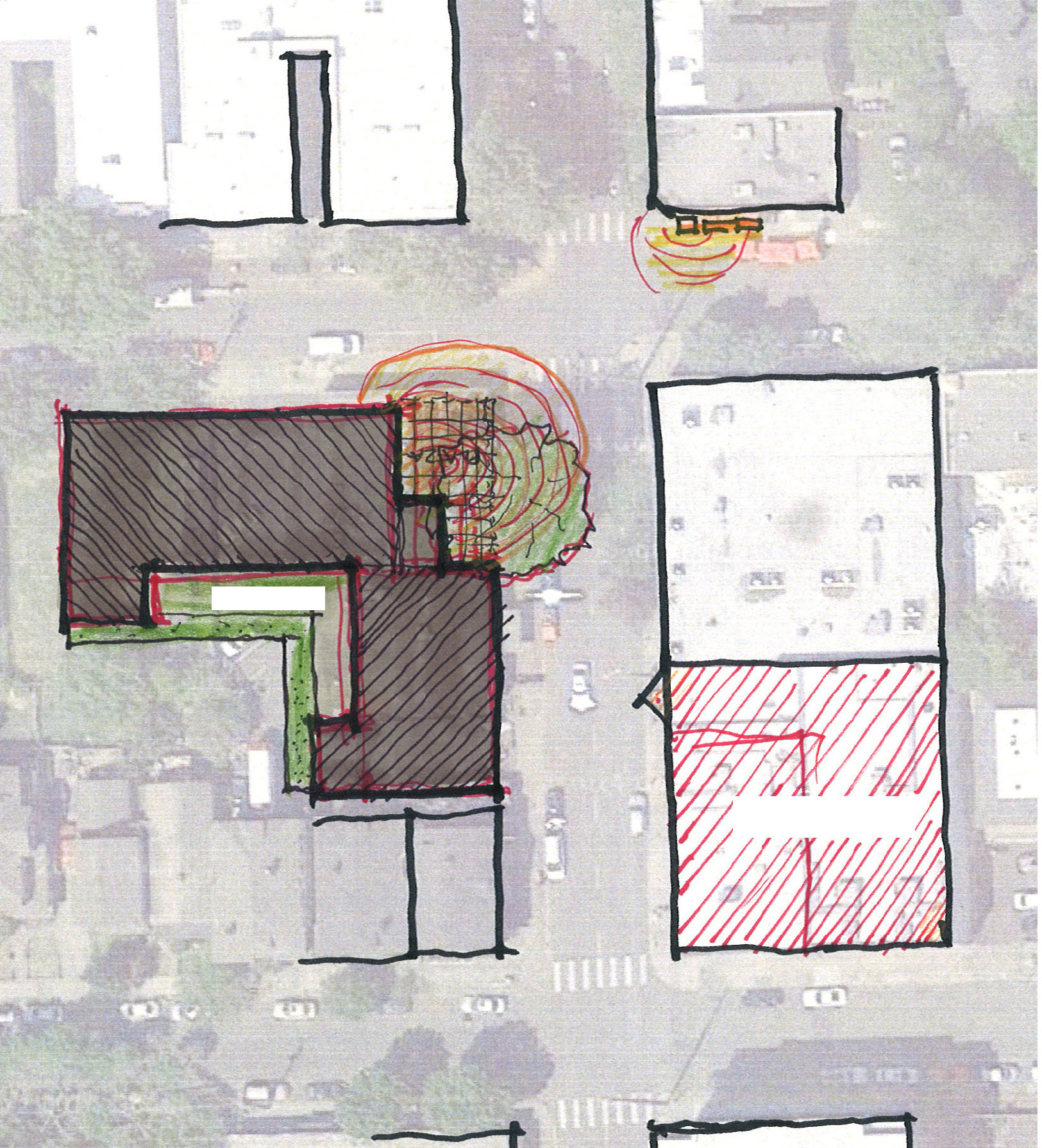
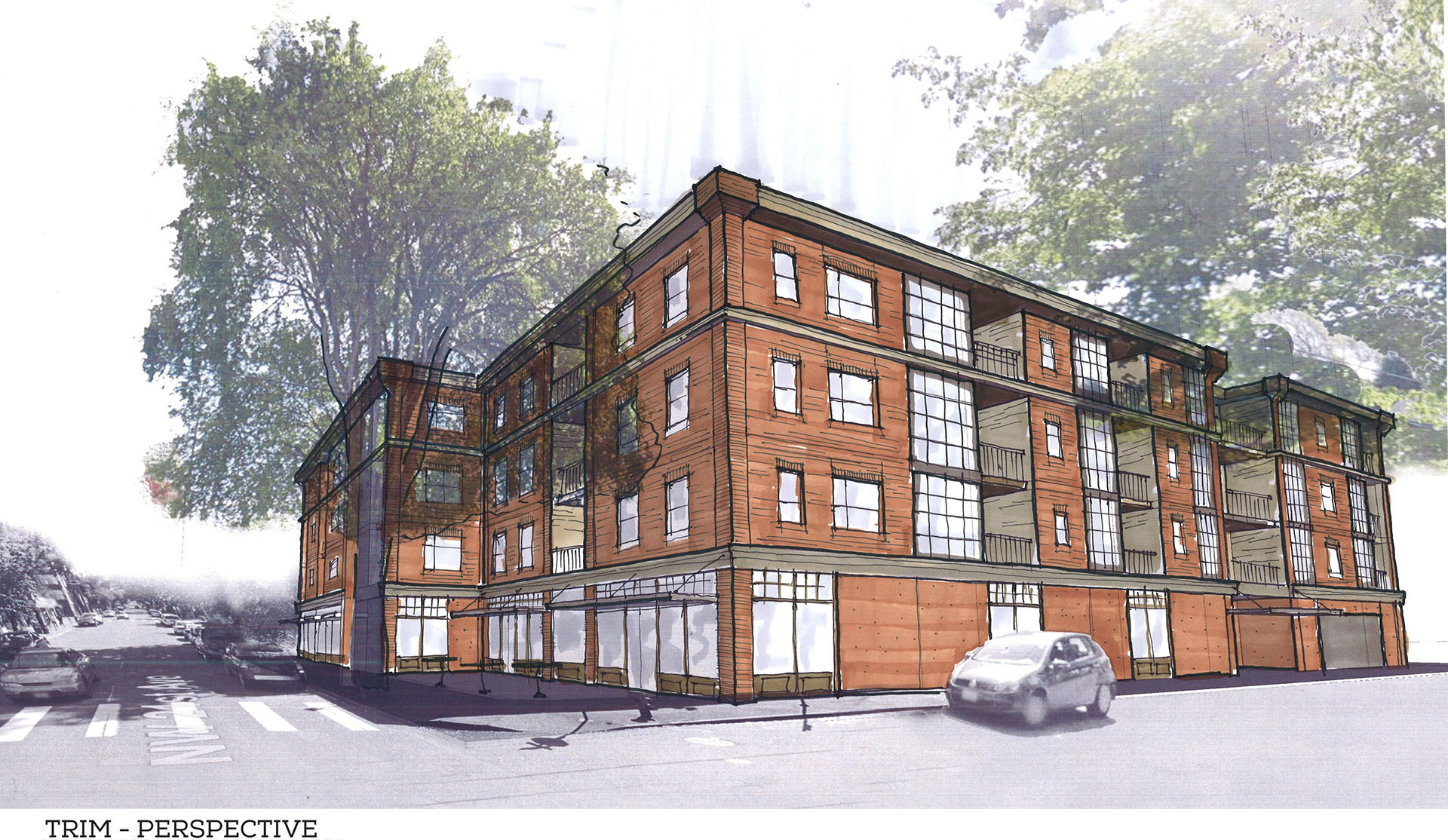
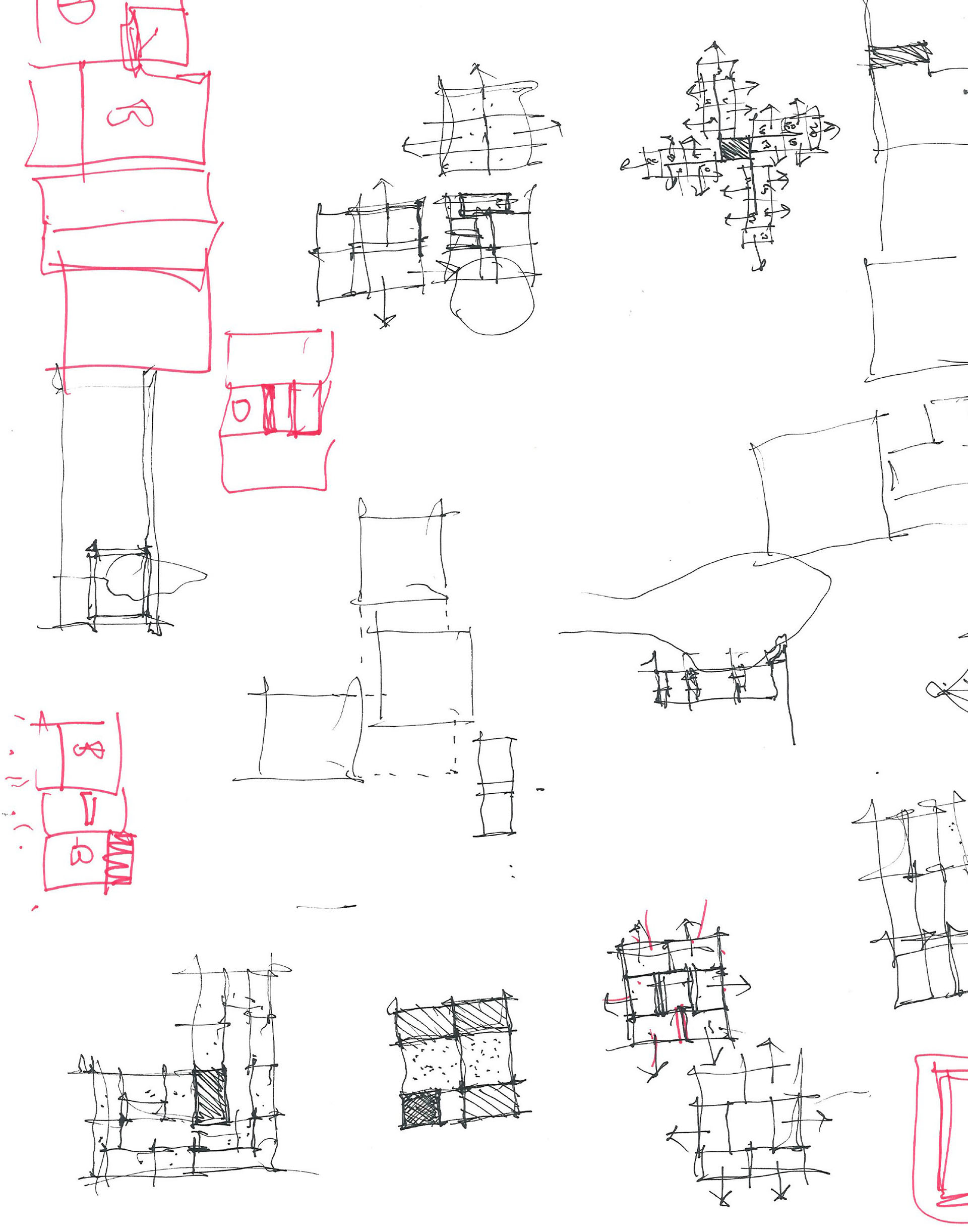
Breaking down the building massing into three ‘quarter-block’ size components helps the project fit into the neighborhood context. It also resulted in wonderful opportunities for delight in the finished concept. From the ‘Streetcar Plaza’ and Heritage Elm, to daylighting the hallways with key view axis, the transition points become moments of serendipity. Perhaps nowhere is that more profound than the interior ‘knuckle’ where all three components meet. Hidden behind ‘Avi’s Alley’ is a secret patio with an upper stadium of common area for the building dwellers. Replete with fire table, wood decking and south facing vista sheltered by walls, it’s a defining moment in the community of the building.
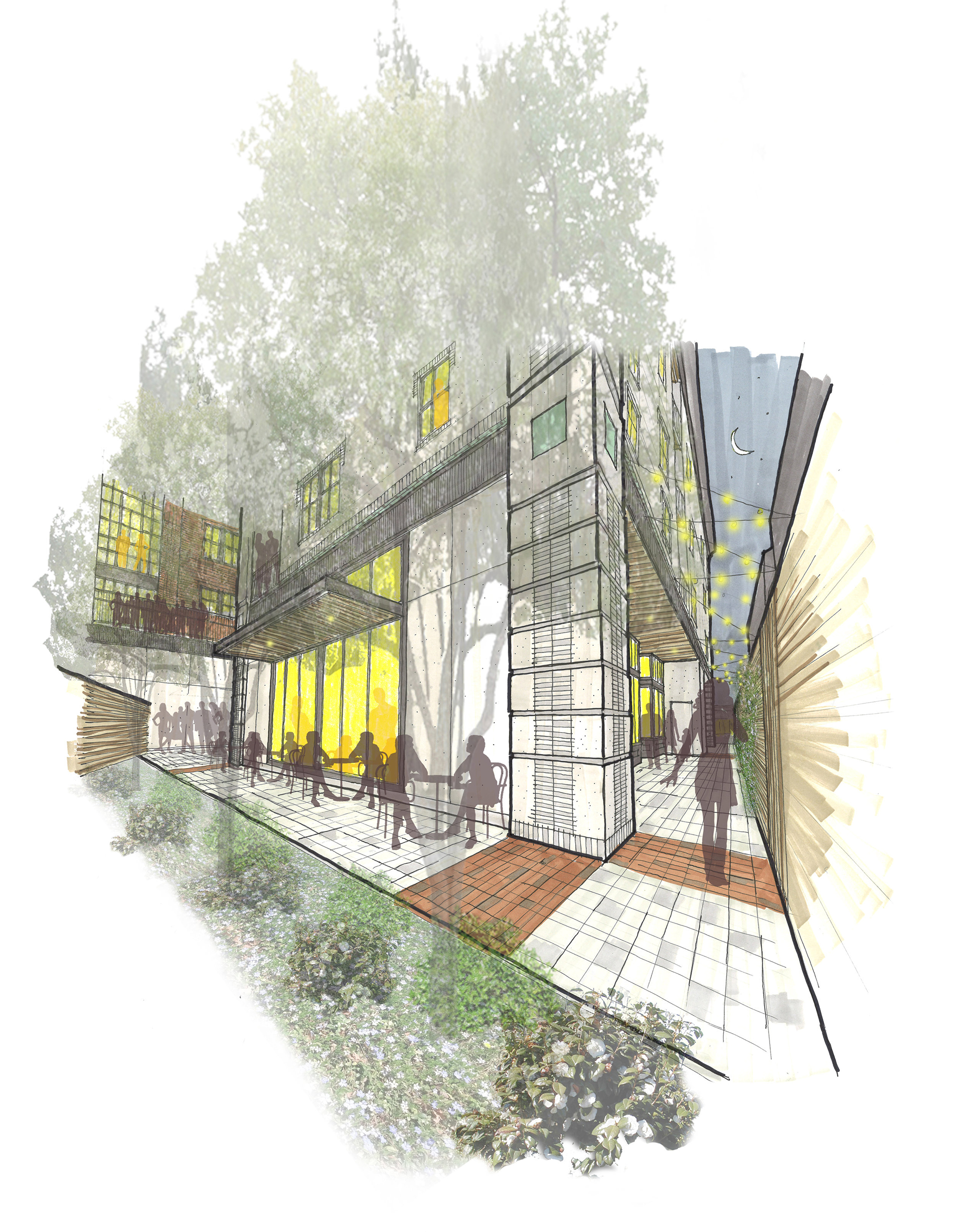
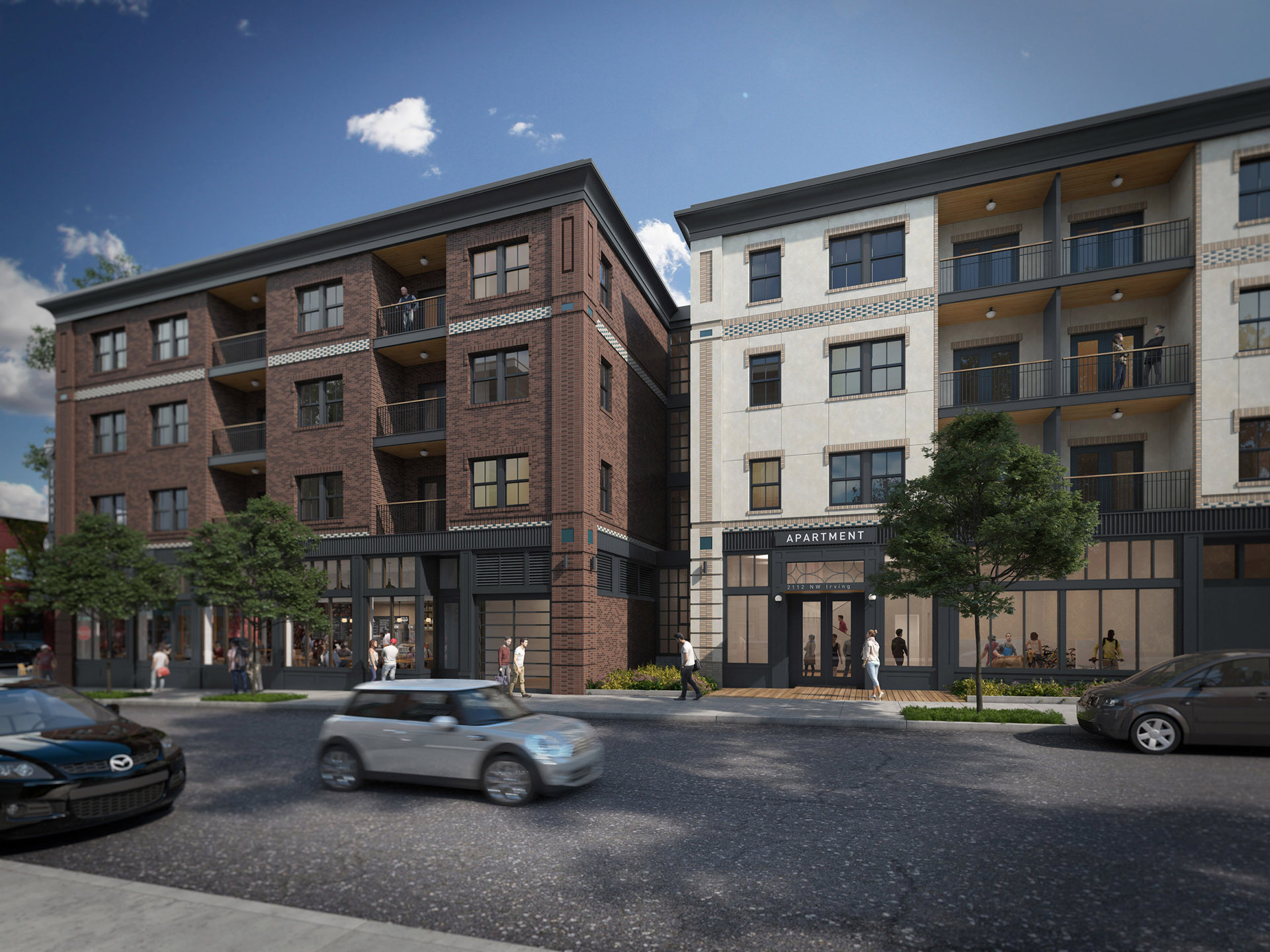
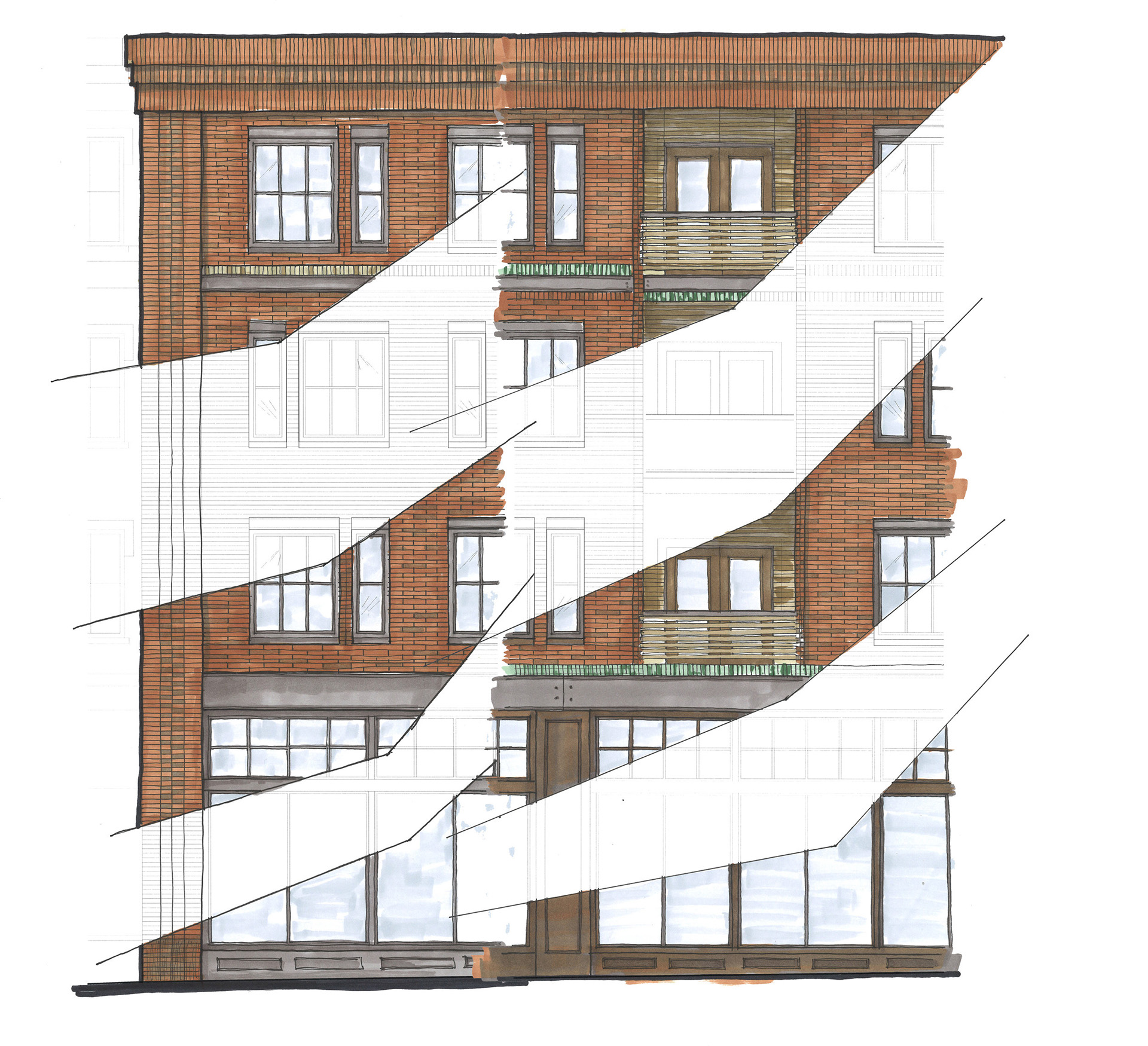
Using high quality materials traditionally found and proportions that reflect the neighborhoods heritage was the base tenement for the development of the project. Add some creativity and delight and you have the ingredients for a future landmark. The base level includes a glassy high bay wood storefront system topped by 3 floors of living with a clearly defined ‘Attic story’ that is capped by a traditional sheet metal cornice. While the foundation is traditional, the execution of the materials and details is fresh and fun. The integral colored plaster is a natural finish that is embroidered by brick and glazed terracotta. This is set off by the brick corner massing, which is more rugged and anchors the intersection by speaking directly to the historic Barker Building across the street. Where the three building masses intersect, a vertical ribbon of divided light glass, reminiscent of steel sash glazing, creates a break in the composition defined by a spectacular interplay of light and views from the interior.
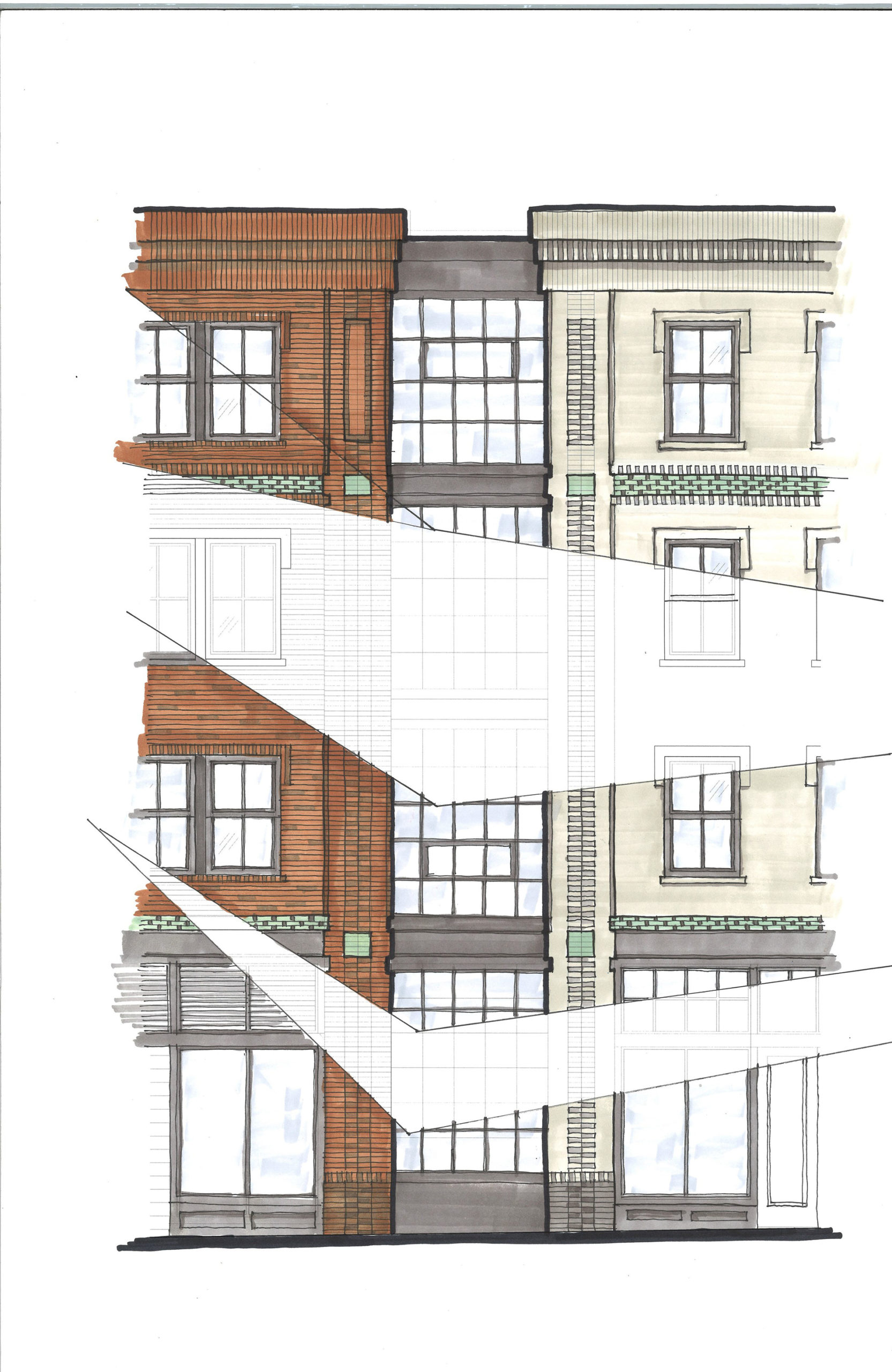
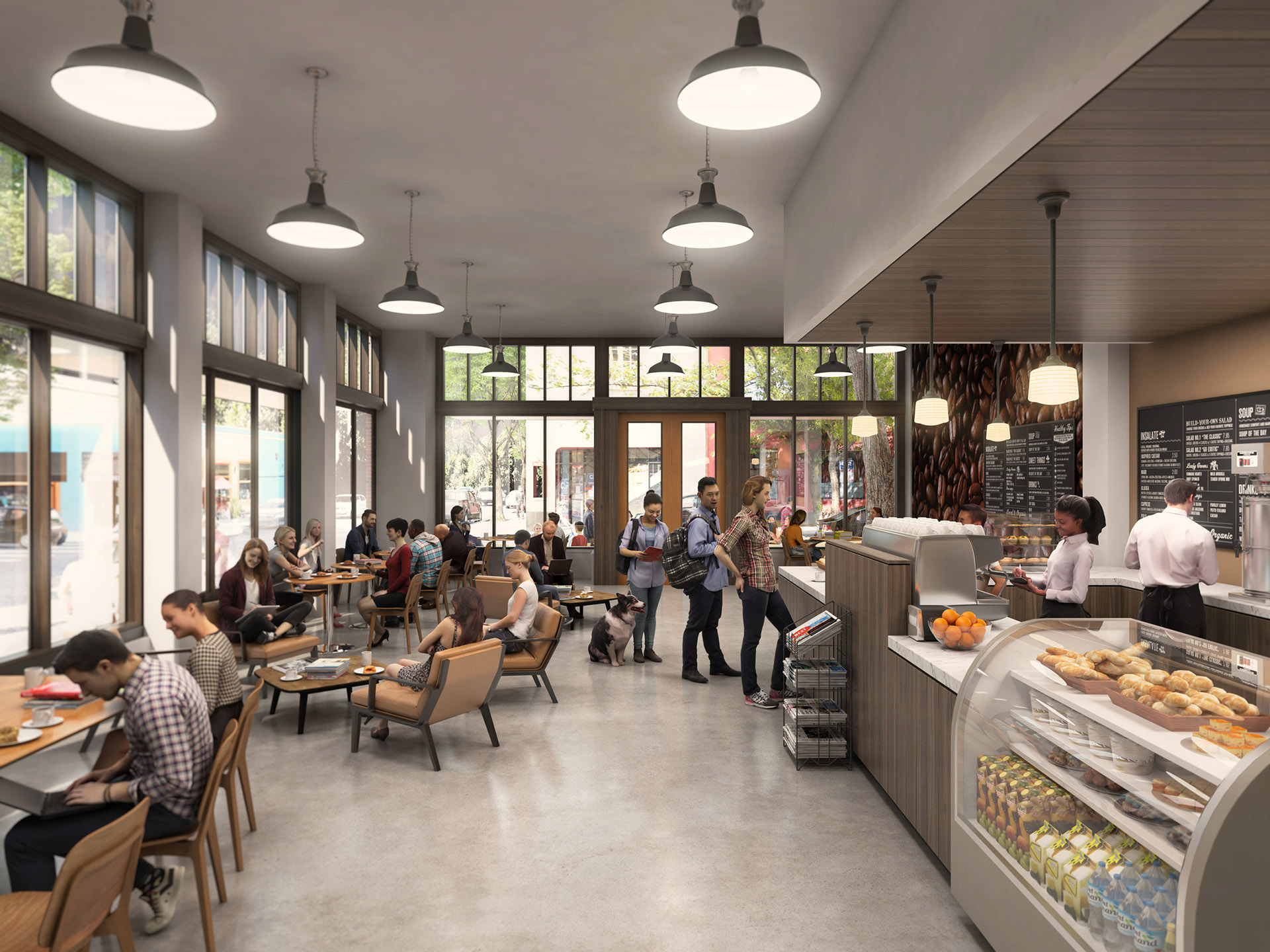
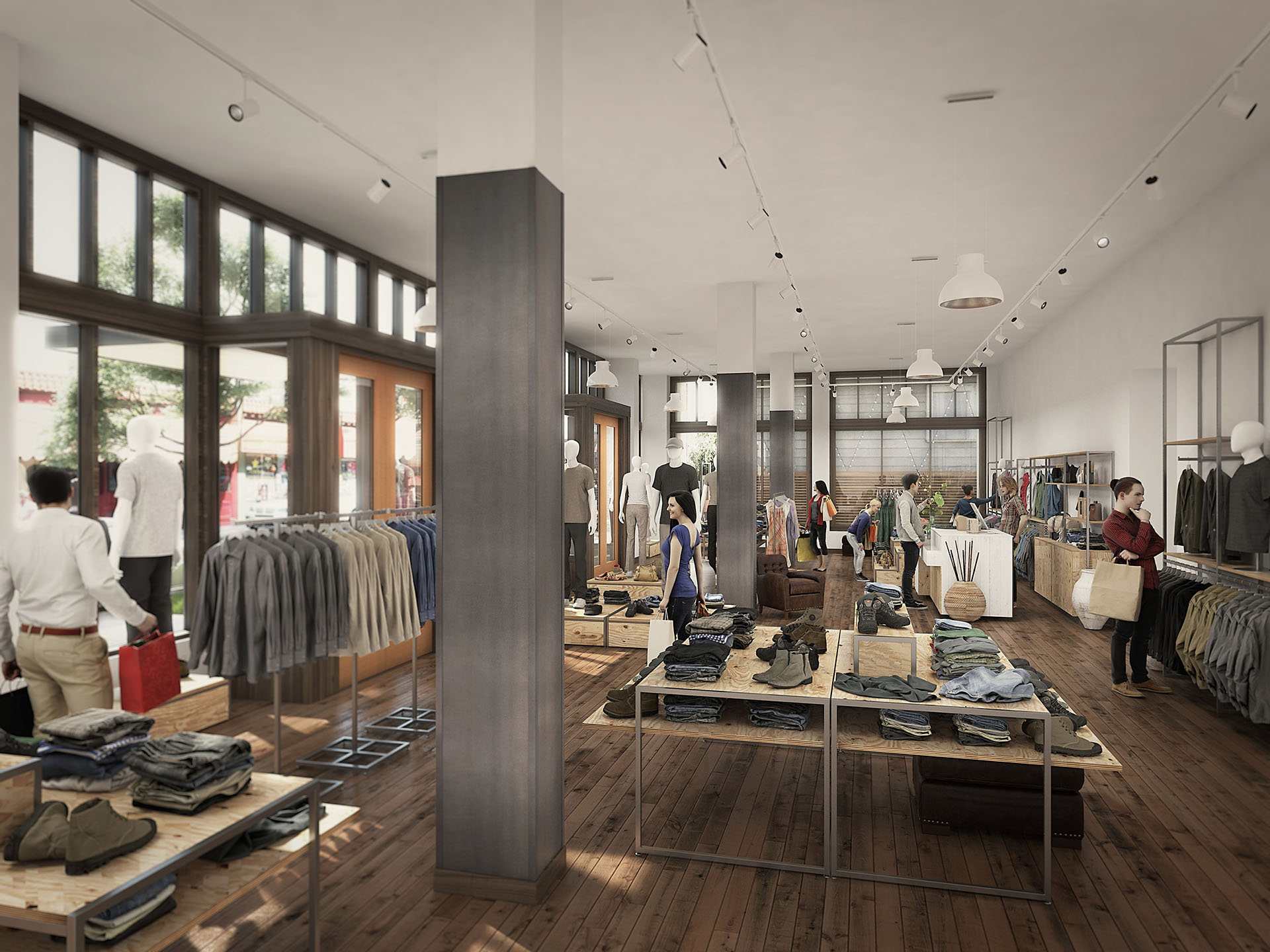
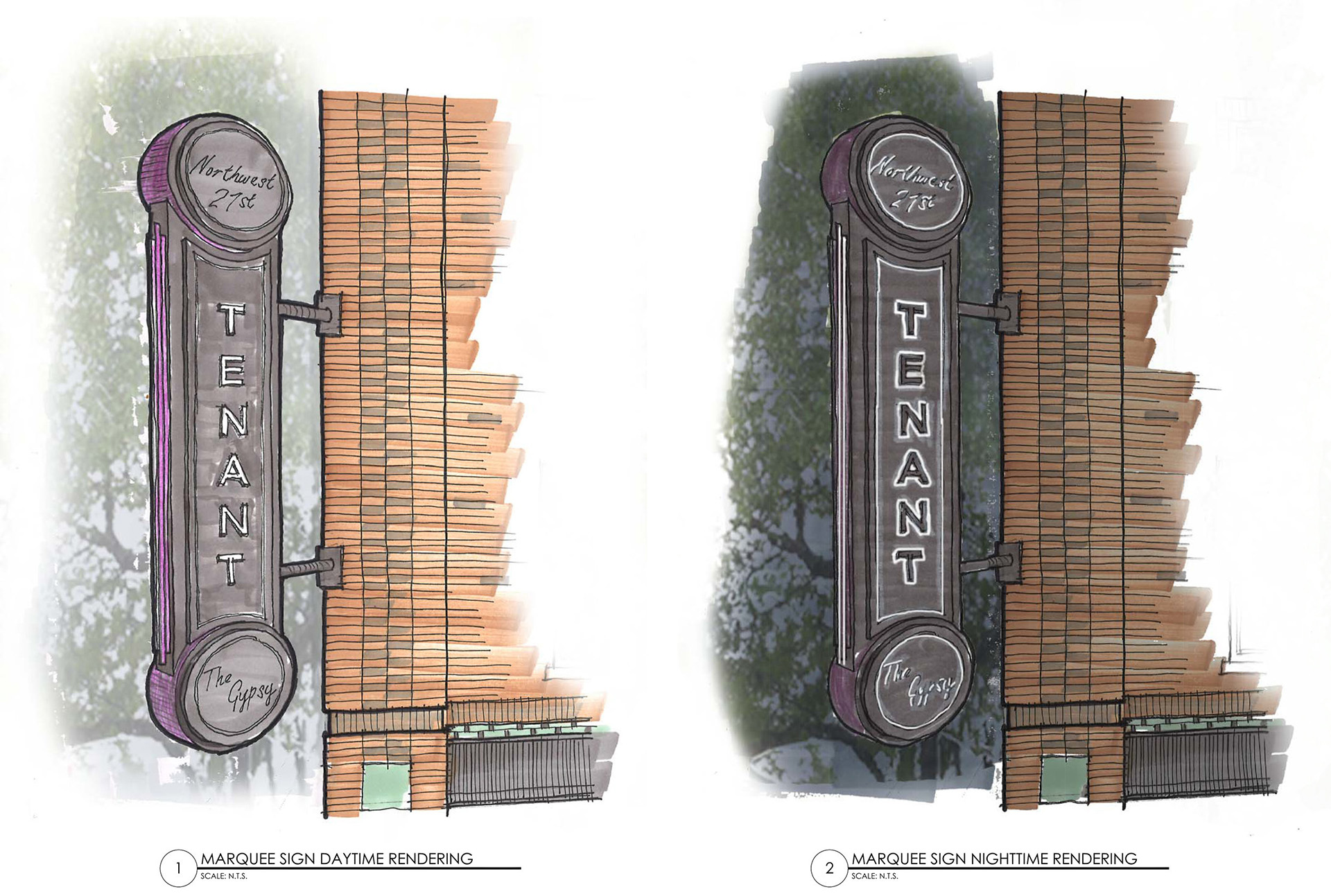
One of the key elements that differentiate the retail environment in a historic space is the expansive light and air. Purveyors of old knew the importance of storefront display and lighting, and they competed for the customers attention as they walked by. This resulted in some of the rich ‘Mainstreet’ pedestrian environments that truly define historic Americana. The Almr takes a play right out of that book by going for 15’ tall retail bays with traditional wood storefront systems topped by expansive transom window glazing. Signage and lighting cater to the urbanite that has left the car behind, and shelter is found in the canopies that also define entries and seating areas. At the ‘Streetcar Plaza’ operable window systems blur the line between inside and out, inviting engagement and vitality.
